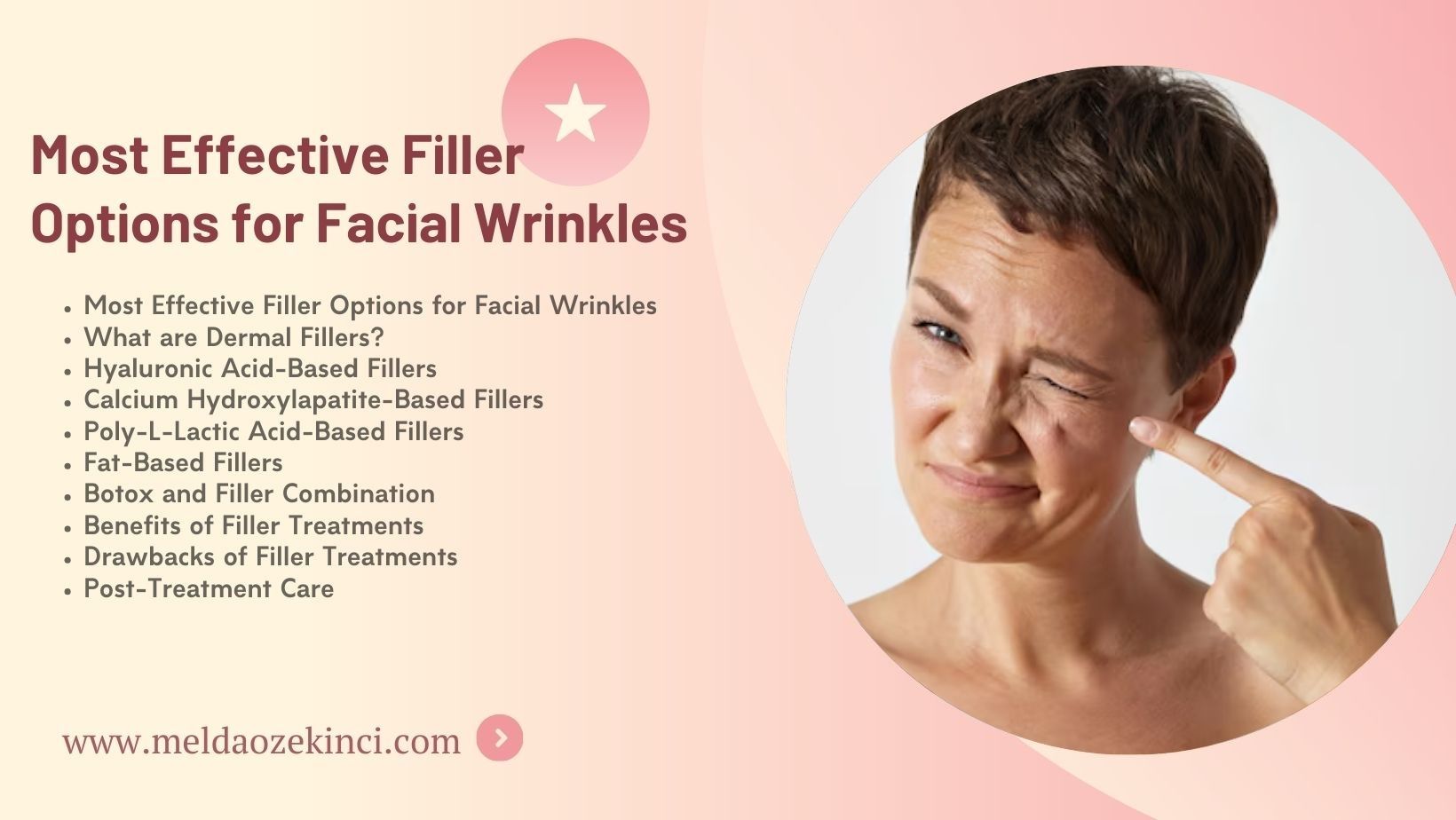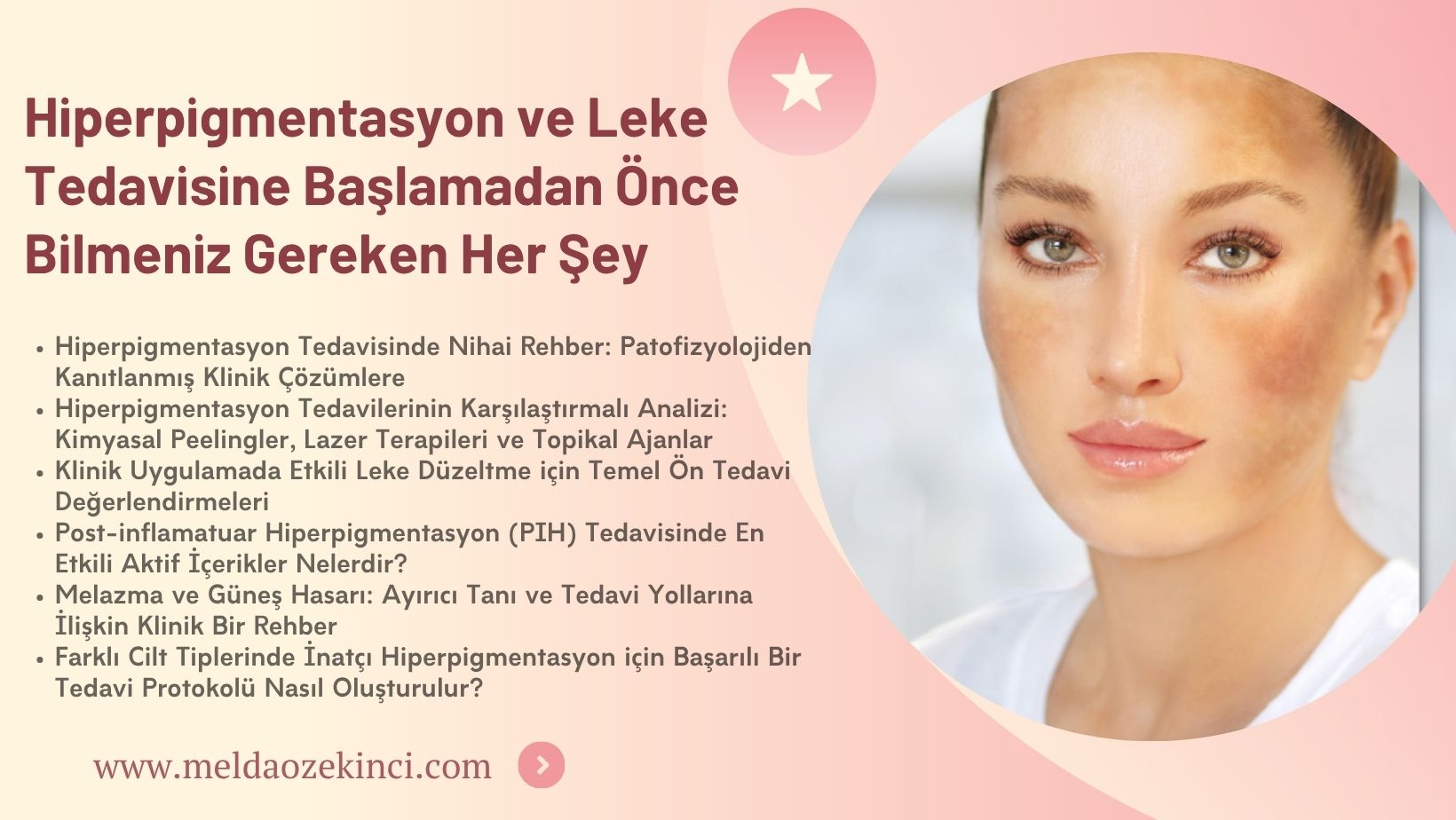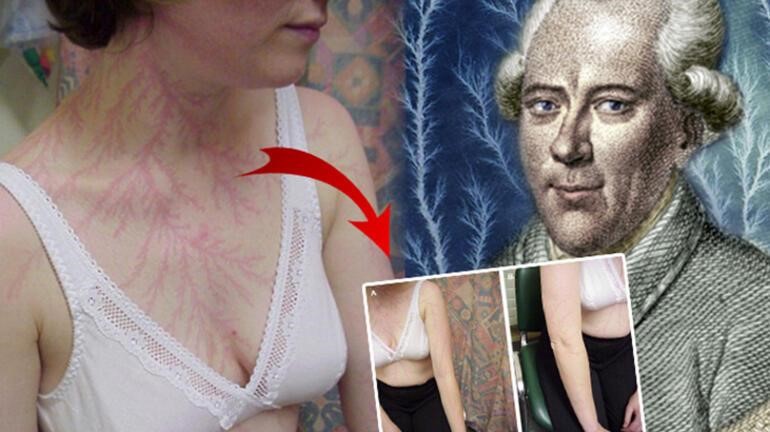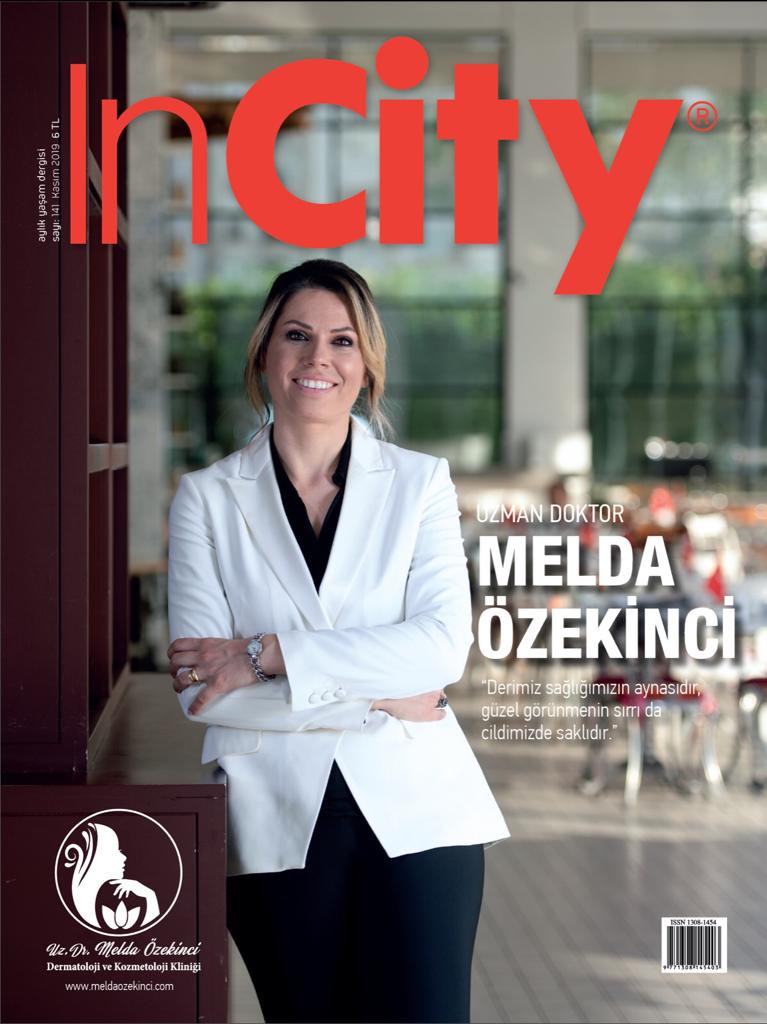Most Effective Filler Options for Facial Wrinkles
Facial wrinkles generally develop as part of the aging process, due to a loss of skin elasticity and a decrease in volume. Over time, the skin becomes thinner and more fragile due to environmental factors, genetic influences, and aging. This results in everything from fine lines to deeper wrinkles. However, with advancements in aesthetic medicine, there are now various filler options available to address these wrinkles. These filler materials are injected into the skin to fill in wrinkles, restore volume, and give the skin a younger, healthier appearance.
In this article, we will explore the most effective filler options used to treat facial wrinkles, along with their benefits in detail.
What are Dermal Fillers?
Dermal fillers are substances injected into the skin that aim to support the skin's natural structure. Typically, materials like hyaluronic acid, calcium hydroxylapatite, and poly-L-lactic acid are used for these procedures, which help restore lost volume in the skin. Dermal fillers are primarily used to smooth out fine lines, deep wrinkles, and restore volume to the skin. These materials enhance the skin's elasticity and provide a more natural appearance.
Hyaluronic Acid-Based Fillers
Hyaluronic acid is a substance naturally found in the skin, known for its ability to retain moisture. As we age, the level of hyaluronic acid in the skin decreases, leading to dry, wrinkled, and dull-looking skin. Hyaluronic acid-based fillers are injected into the skin to replenish this lost substance. These fillers are especially effective in areas such as under the eyes, around the mouth, and the forehead.
Hyaluronic acid fillers help increase the skin's water retention, restoring a natural moisture balance. Additionally, as the filler is injected, the skin's volume increases, wrinkles are smoothed out, and the skin gains a fuller appearance. Hyaluronic acid is easily absorbed by the skin, and while the effects are temporary, they generally last between 6 to 12 months. This allows patients to repeat the filler treatment as needed.
One of the biggest advantages of hyaluronic acid fillers is that they require minimal side effects. Moreover, since the procedure is minimally invasive, it is a popular choice among individuals looking for a quick solution with little to no downtime.
Calcium Hydroxylapatite-Based Fillers
Calcium hydroxylapatite is another popular filler material that is injected into the skin. This substance provides stronger results when placed in deeper layers of the skin compared to hyaluronic acid fillers. Calcium hydroxylapatite stimulates collagen production in the skin, leading to longer-lasting results.
These fillers are particularly effective in addressing deep wrinkles and volume loss. They are commonly used in areas such as the cheeks, around the nose, and the forehead. Calcium hydroxylapatite fillers may provide more permanent results compared to hyaluronic acid fillers, but temporary side effects like mild bruising or swelling may occur post-procedure.
One of the main benefits of calcium hydroxylapatite is that it provides more long-lasting results. These fillers also provide a natural appearance, making them ideal for deep wrinkles that are more prominent with age.

Poly-L-Lactic Acid-Based Fillers
Poly-L-lactic acid is a filler material that promotes the production of collagen in the skin, leading to a rejuvenating effect. Unlike other fillers that directly fill in wrinkles, poly-L-lactic acid works by stimulating the body’s natural collagen production to help the skin regain its firmness and youthful appearance.
The effects of poly-L-lactic acid fillers become visible gradually, with improvements typically seen over a few weeks. Poly-L-lactic acid is known for providing longer-term results because it works by strengthening the skin's natural structure. It is commonly used in areas such as the cheeks, jawline, forehead, and nasolabial folds.
The greatest advantage of poly-L-lactic acid fillers is that they provide a natural, soft look. Additionally, by stimulating the skin's natural regeneration, they offer longer-lasting rejuvenation effects.
Fat-Based Fillers
Fat-based fillers are a type of filler where fat is harvested from the patient’s own body and injected into the face. Fat fillers are especially useful for individuals experiencing significant volume loss or deep wrinkles. Since the fat used comes from the patient’s own body, there is no risk of allergic reactions, and the material is easily accepted by the body.
Fat-based fillers are typically used to treat deeper wrinkles and are known for providing longer-lasting effects. However, the procedure can be more complex and time-consuming. Additionally, fat absorption may take some time, and the procedure may need to be repeated for optimal results.
The main advantage of fat-based fillers is that they are entirely natural and accepted by the body. This method helps restore youthful contours to the face in a natural way.
Botox and Filler Combination
Botox, a treatment that temporarily paralyzes facial muscles to smooth wrinkles, is often combined with dermal fillers for more effective results. While Botox works by blocking muscle contractions, dermal fillers add volume to the skin. This combination is particularly effective for treating wrinkles around the forehead, eyes, and mouth.
The use of Botox and dermal fillers together not only softens wrinkles but also rejuvenates the skin. Both treatments complement each other, resulting in more long-lasting effects.
This treatment option is often chosen for individuals dealing with both dynamic and static wrinkles that develop as a result of aging.
Benefits of Filler Treatments
Dermal fillers offer quick and effective results with minimal invasiveness. The fact that they do not require surgical intervention makes them an attractive option for many individuals seeking a solution without the risks associated with surgery. Additionally, dermal fillers generally show results quickly, allowing patients to enjoy the benefits with little waiting time.
Another benefit is that most filler materials are temporary. This provides flexibility for patients, allowing them to repeat the treatment according to their needs as the effects wear off.
Drawbacks of Filler Treatments
As with any aesthetic procedure, dermal fillers come with some risks. Allergic reactions to filler materials may occur, and in rare cases, infections may develop. Additionally, improper application of fillers may result in aesthetic issues such as asymmetry. For these reasons, dermal fillers should always be administered by an experienced and qualified aesthetic practitioner.
Post-Treatment Care
After a filler procedure, there are a few simple care instructions to follow. Direct pressure should not be applied to the treated area, and excessive exercise or exposure to heat should be avoided. Moreover, it is important to protect the treated areas from sun exposure. These post-treatment care steps can help ensure that the filler remains effective and lasts longer.
 English
English 










